Music Streams
Tools for Possibilities: issue no. 70
Once a week we’ll send out a page from Cool Tools: A Catalog of Possibilities. The tools might be outdated or obsolete, and the links to them may or may not work. We present these vintage recommendations as is because the possibilities they inspire are new. Sign up here to get Tools for Possibilities a week early in your inbox.

Rough Guide
Travel with your ears. This comprehensive, massive (700-plus pages), and recently updated two-volume guide to global song covers the planet, from Norwegian fiddlers to Filipino folk rockers. It’s all here: what kind of music is out there, where it came from, who is playing it, and where to get it. Feeling stuck? Open up this book at random, order a CD, and enter another way of seeing. — KK
- Indonesian Pop
Moluccan Moods Orchestra
(Piranha, Germany). If you haven’t heard of the Moluccans since they held up Dutch trains in the 1970s, give this disc a listen. Traditional songs arranged in laid-back style with exciting percussion, keyboards, saxophone and flute. - Zambian Pop
From the Copperbelt…Zambian Miner’s Songs
(Original Music, US). In the “African Acoustic” series, eighteen interesting-to-beautiful songs by the mine camp entertainers of the copper-belt that straddles Zambia and southeastern Zaire, field-recorded by ethno-musicologist Hugh Tracey in 1957. - Albanian
Famille Lela De Permet
Polyphonies vocales et instrumentales d’Albanie
(Indigo/Harmonia Mundi, France). Beautiful and approachable songs and instrumental music from the Permet and Korce regions of southern Albania. Wailing and sliding clarinets give this music an enchanting mournful sound.
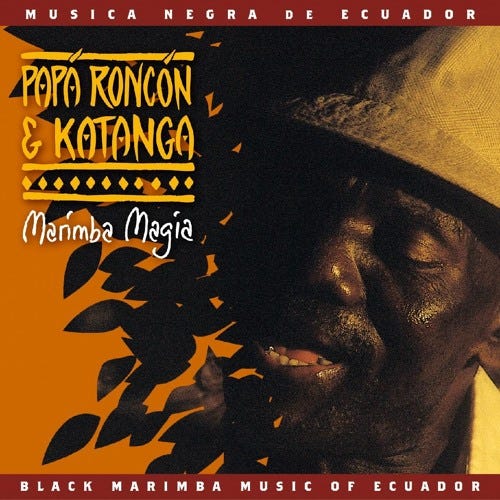
Other music
Fill your iPod with something different. I don’t mean more indie rock or the latest in hip-hop or electronica. I mean Norwegian jazz, Zaire club house, slide guitar from India, Russian underground, Ethiopian acid pop.
An awful lot of great world music can be easily had from the usual sources, including Amazon and iTunes, but most of the rest of the world’s local music has very small audiences and must still be “imported.” This source specializes in esoteric import CDs of traditional and contemporary world music not found on Amazon, iTunes and the like. This is the far end of the “long tail” music scene.
- Marimba Magia – Papa Roncon and Grupo Katanga – $19 From the town of Borbon, in the Esmeraldas district of northern Ecuador, Papa Roncon is a living legend. He plays the marimba and the guitar; he is a singer and a dancer. He makes musical instruments. He lives the folk music of the region. Joined by Catalina Mina Quintero on bombo and kununu, Grupo Katanga makes music that is essential, rough and irresistible.
- DJ Jose Miguel Lopez.The Mirrors of My Soul – Rim Banna – $19 The Palestinian singer who gained global recognition as part of the Lullabies from the Axis of Evil project returns with a Norwegian band with a decidedly ‘pop’ recording of Palestinian songs. Itveers from emotionally charged, sparsely arranged to full-tilt poprock, and has the huge advantage of not allowing a drum machine within 4000 miles of the studio. As Arab pop goes, this is thoroughly unique.
- Discopolis (Radio Three) – Various Spanish Artists – $18 An interesting and personal collection of what is going on in the ever so vaguely defined roots music scene in Spain, put together by Spanish Radio 3’s.
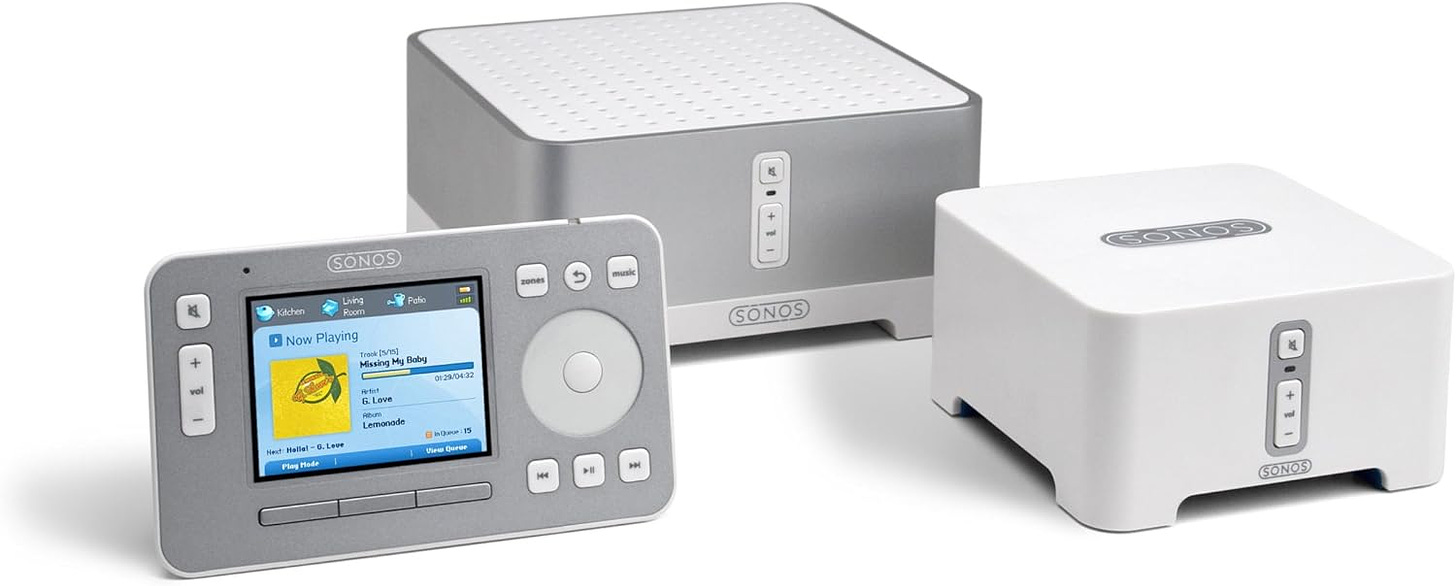
Whole house music system
Music playing simultaneously in every room of your house is a luxurious experience, and decidedly different from a song playing in a single room. Music in a room is a dim, blurry sonic echo if you’re not in front of the speakers. But music everywhere is an environment that envelopes you as you go about your day. Of course to get this experience, you could run speaker wire to a second room and connect up a second set of speakers, but that’s not the same enveloping sonic goodness of a whole house system.
Used to be whole-house music systems were only for the very rich. You needed a rack of amplifiers (two channels for every room), a preamp, switcher, control unit, and then in-room controllers either hand-held or built into the walls, plus cabling from the speakers in each room homerunned back to the equipment, which probably needed its own closet because there was so much of it, it was so loud, and so hot. Crestron, Niles and others have made good money catering to this rarefied market. But the systems are pretty bespoke (there is no standard OS, the equipment is not interchangeable, you need an installer to set them up, you had to destroy walls to run cables, etc.), they were inherently less reliable than mass produced equipment, and they were, as I said, so expensive (as in $20-50K and up for equipment alone, plus design and installer time in addition) that only the wealthy could afford them. Oh, and none of them can connect to the consumer music server standard that we all use and love — iTunes. That’s right, they all use proprietary or non-Apple servers.
That was then. But now if you want a whole house music system, you have a much lower cost, more reliable, and more functional alternative: Sonos. It isn’t cheap, but it’s a lot cheaper than the previous bespoke solutions. It’s dead easy to install — literally anyone can do it. It connects seamlessly to the iTunes music library, as well as giving you access to internet radio stations. And it’s just completely thought out. Sonos is one of the two best consumer electronic products ever created, the other being the Garmin Nuvi.
Sonos comes in two flavors: with and without amplifiers. Either can connect via ethernet or wirelessly to your computer with its iTunes library (you can also use other libraries if you want). The Sonos unamplified units — smaller than an Apple Mini — mate with amplifiers (or receivers) you probably already have that are connected to speakers. The Sonos amplified units (think the size of a big old family bible) drive speakers where you don’t already have amps. Both type of units talk to each other via a mesh network. You can lash up to 32 of the beasts together if you’re so inclined. The sound across the entire network is in perfect sync. And the fidelity is exemplary — I rip all my music to Appleloss, and every room is playing music as if the CD is present, not ripped to a server at the other end of the house.
How easy is it to set up? You can install the software and set up half-a-dozen of these units in an hour. Once installed, the systems are rock solid. And if you ever have problems, online and telephone support is conscientious, even exemplary. You get the feeling they really want you to have your system working right, and for you to be happy.
You can control the whole system from your computer, selecting music and playing it in one, all, or a combination of rooms, at different volumes for each room. For instance, you can play different music in each room; or you can play music from your iTunes library in one room, or an internet radio station in another, etc. A better way to control the Sonos system is with the Sonos wireless handheld controller, which has a scroll wheel like the iPod and a color LCD screen which provides all the functionality of the Sonos computer software. You don’t need one per room — per floor is more like it.
Sonos is a lot cheaper than the old bespoke whole house system.
Sonos: Not cheap, but an entirely more affordable luxury than whole house music systems used to be. — Louis Rossetto
All music any time
Streaming Music Services
All music, much of it free, when you want it. This is a fast changing field, soon to change even faster. As of 2013 here are the major players.
Pandora
Pandora acts entirely like a radio station, based off of the music genome database. It claims to find other music similar to music that you like. The more you interact with it (giving specific tracks thumbs-up or thumbs-down), the smarter it gets.
On the upside, Pandora is great if you just want to listen to music. On the downside, if you want to listen to anything specific you’re out of luck.
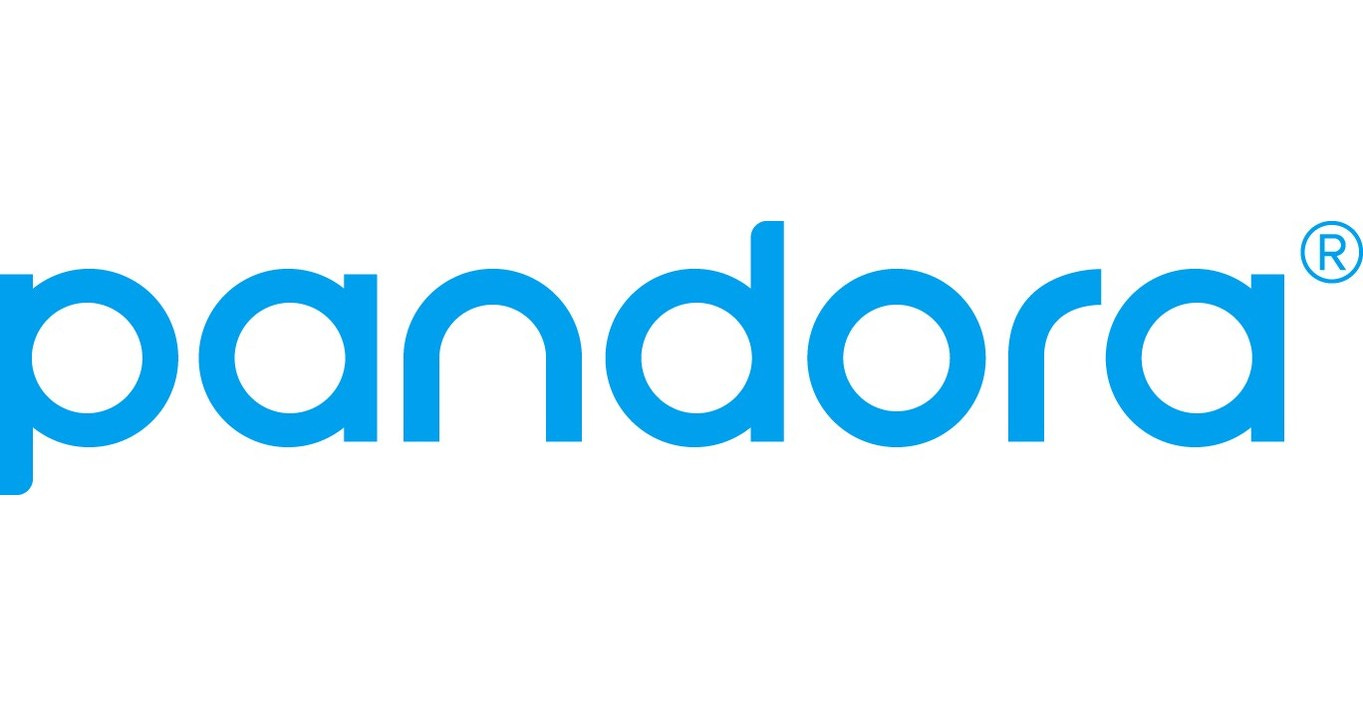
Grooveshark
Grooveshark allows you to build a library of music you like. You can upload your own music, or search for music and add it to your own collection. You can then build playlists from music in your collection. It also has a radio functionality, though it doesn’t do a great job of finding songs that match my tastes.
It’s great if you want to listen to something specific (and even has a lot of lesser-known stuff), and also allows you to create genre-based playlists (“play me a list of songs in the Hard Rock genre”). It’s not so great if you want something for your mobile, since the mobile app requires a subscription fee.
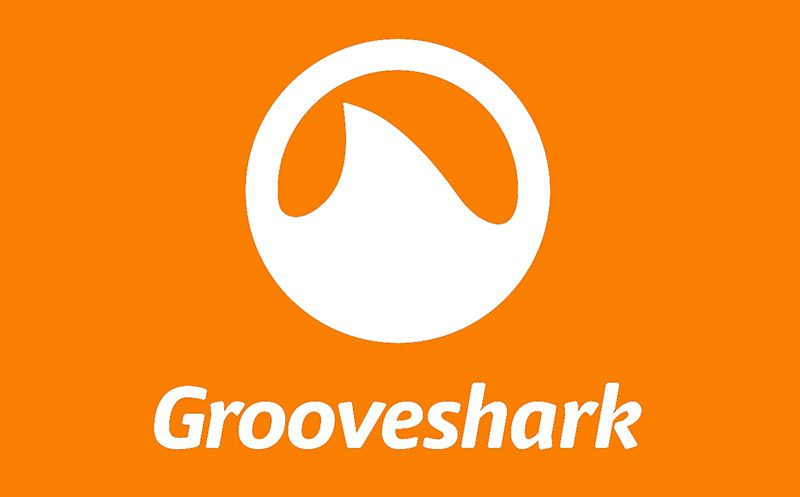
Spotify
Spotify is similar to Grooveshark in most ways. It’s an ad-supported streaming service with a paid subscription model for access to the mobile app. The difference between Spotify and Grooveshark is that Grooveshark is a web service that runs in your browser, and Spotify requires you to download a program (sort of like iTunes) and run it on your computer. Since I run Linux and Spotify doesn’t support Linux (you can run it under wine or try the beta if you really want to) then I don’t use Spotify. You can also pay $10/month and use the app on your devices.
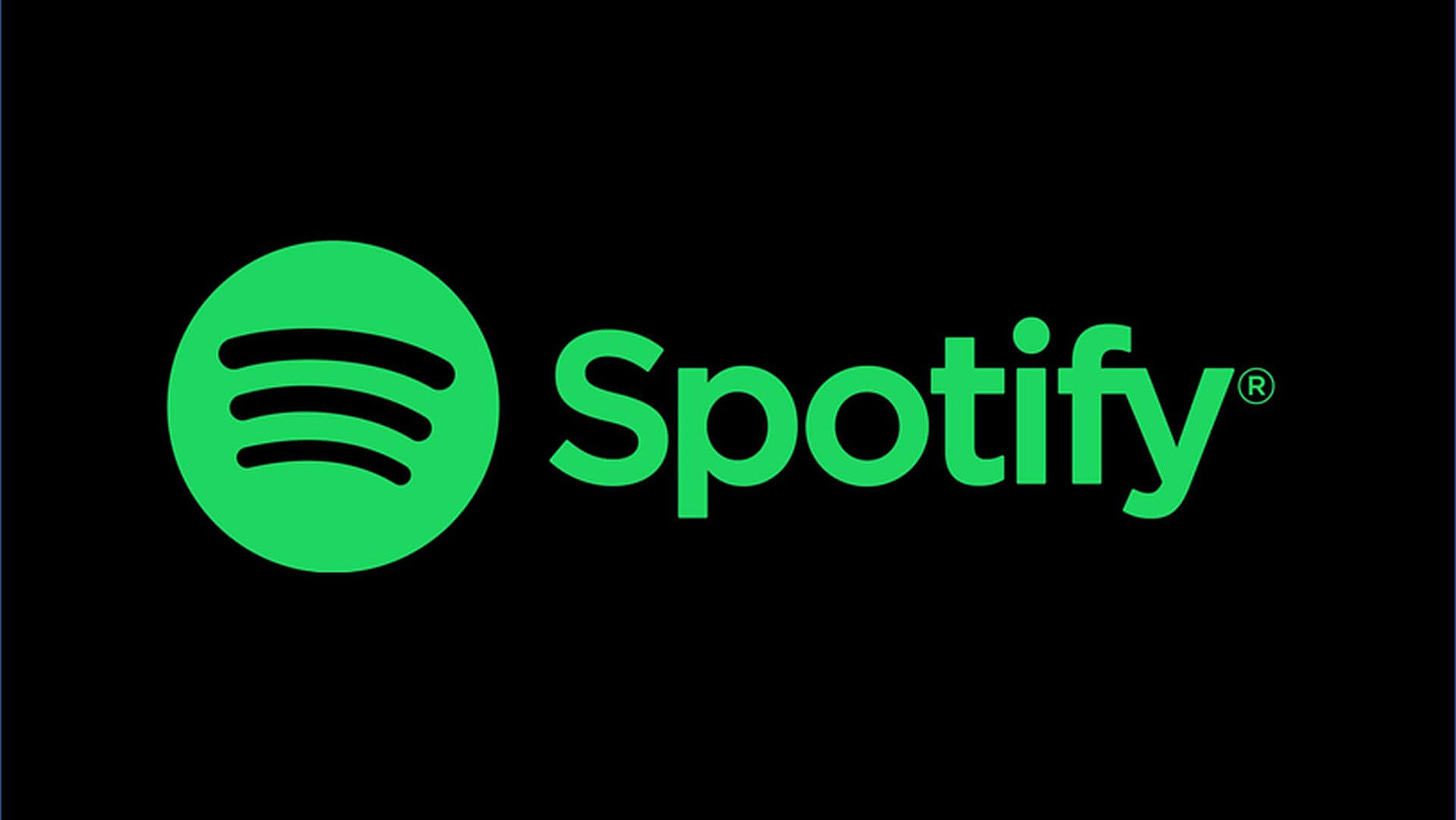
Amazon Cloud Player, Google Music, etc.
These streaming services all require you to bring your own music. Amazon Cloud Player lets you store and listen to anything you’ve bought from Amazon for free, and upload your own music too. Google Music is similar.

Subsonic
Subsonic allows you to install software on your computer which then streams your existing MP3 collection. This is superior to Amazon Cloud Player, et. al. because you have access to your entire MP3 collection without uploading it somewhere (and paying a monthly fee if your collection is at all large).

— Elite Badger
01/22/24





